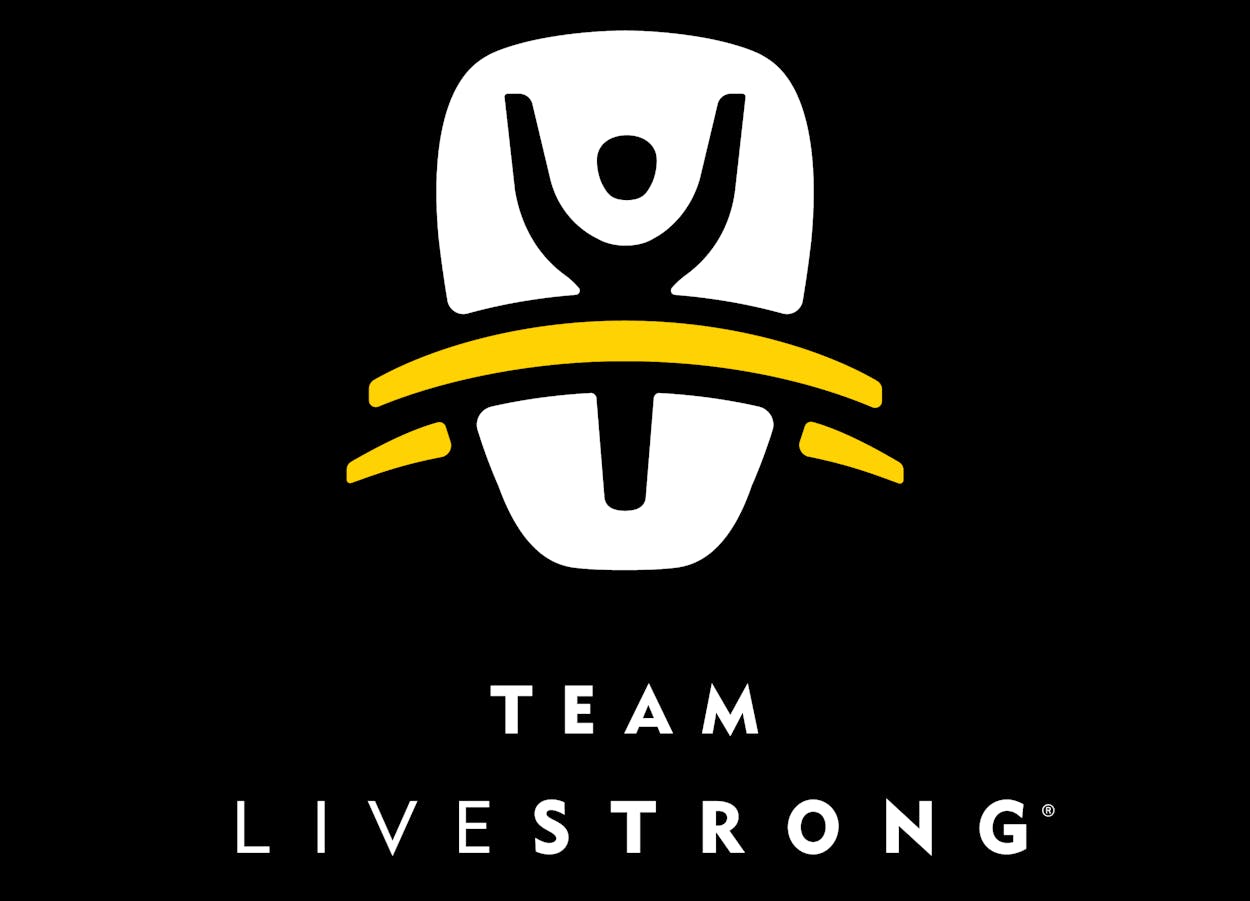“You need to come down here and see what we do,” Lance Armstrong told Outside writer Bill Gifford. “Ask us the hard questions. I know you’re a hater and you’re gonna write what you write, but I just want you to see it.”
Gifford once did a piece for Slate comparing the champion cyclist to Sarah Palin. “They both react to any criticism with extreme defensiveness,” he wrote. “They demonize their enemies while at the same time cultivating nonstop melodramas that keep them in the news.” Thus the “hater” label. But of course he took Armstrong up on that offer.
 The resulting 6,000-plus word piece is on newstands now. Interestingly, it’s not a cover story, perhaps because there was a bit of controversy the last time Outside put Armstrong on the cover. Either way, it’s not like he was gonna do a photo shoot. And the cover Outside did choose (that’s Olympics track and field star Lolo Jones) probably speaks for itself.
The resulting 6,000-plus word piece is on newstands now. Interestingly, it’s not a cover story, perhaps because there was a bit of controversy the last time Outside put Armstrong on the cover. Either way, it’s not like he was gonna do a photo shoot. And the cover Outside did choose (that’s Olympics track and field star Lolo Jones) probably speaks for itself.
While Gifford does discuss the never-ending “did he or didn’t he?” question and the fact that Armstrong remains a potential target of an investigation by FDA agent Jeff Novitzky, the piece is really about Livestrong’s day-to-day existence, with two major takeaways:
Since 2005, Livestrong has spent little money on cancer research
The organization has instead focused on its role as a support system for those affected by cancer. But the perception that the money goes to science lingers, everywhere from 60 Minutes and the New York Times to the guy at Radio Shack who’s trying to get you to buy a yellow braelet.
“We are all about people,” Livestrong CEO Doug Ulman, like Armstrong, a cancer survivor himself, told Gifford. “Most organizations are about the disease. They’re about trying to solve a disease, and we are about trying to improve the lives of people that are battling the disease.… What can we do today to improve their lives? As opposed to saying we’ll fund research that in 15 years might help somebody live a little longer.”
But because of this approach, Gifford is able to connect with a backhanded implication: if Armstrong’s image ever does get more definitively tarnished, legally or otherwise, you can’t say that would hurt the world’s attempt to find a cure for cancer, since that’s not what Livestrong does.
And Livestrong spends a good chunk of money on marketing the organization
Gifford poured over financial reports and found that of $60 million in spending, $4.2 million went straight to advertising. He also draws attentions to Livestrong’s partnership with “content farm” Demand Media—which runs livestrong.com, as opposed to livestrong.org—and its for-profit status.
Gifford also raised questions about Armstrong’s personal financial benefit from certain projects, and Livestrong’s spending on such things as public relations and 2009’s Global Cancer Summitt. But he also noted that the group currently gets good ratings from charity evaluators and that board member Mark McKinnon’s assertion that the organization is mostly about “hope” has merit.
After Gifford’s reporting was underway, Livestrong’s general counsel sent Outside a five-page letter “complaining about “Mr. Gifford’s conduct, professionalism, and method of reporting,” which, Gifford writes, “makes me wonder if I missed something,” since he “found no evidence that Armstrong has done anything illegal in his role as the face of the organization.” And Gifford does assert that “Armstrong has used the goodwill of his foundation to cut business deals that have enriched him personally, an ethically questionable move.”
But ultimately, the piece is decidedly even-toned—except maybe to cancer survivors who feel a strong connection to the organization, or to people who believe beyond a shadow of a doubt that Armstrong is guilt-free (for Texas Monthly‘s take on Armstrong, see Michael Hall’s pieces from July 2001 and November 2010. And, full disclosure, Outside editor Christopher Keyes is a former Texas Monthly staffer).
On Twitter, Armstrong has stayed out of the fray since Gifford’s piece was published, except when he retweeted another Twitter user’s link to Livestrong’s “Where the Money Goes” page.
But Gifford has heard plenty from the cyclists fans and people whose lives have been affected by Livestrong, both in the comments section of his story and on Twitter. Some people are nicer than others.
Commenter: “We will see what you have to say after you have to deal with your own cancer.”
— billgifford (@billgifford) January 9, 2012
@billgifford I have and you still nailed it.
— Robert Higdon (@positronicshell) January 9, 2012
@billgifford Die from a brain tumor, and I hope you have to stare at a @livestrong poster on your death bed!!
— Adam (@atomore352) January 12, 2012
What’s the big deal abt @billgifford ‘s Outside piece on LAF? Turns out LAF isn’t a criminal front, but also not saving world. #moreprthaner
— Robot (@thebicyclerobot) January 10, 2012
Wow @billgifford had axe to grind huh? Story on @lancearmstrong & @livestrong in @outside reads like unfounded smear campaign not journalism
— Tom Flanagan (@ranagan) January 10, 2012







